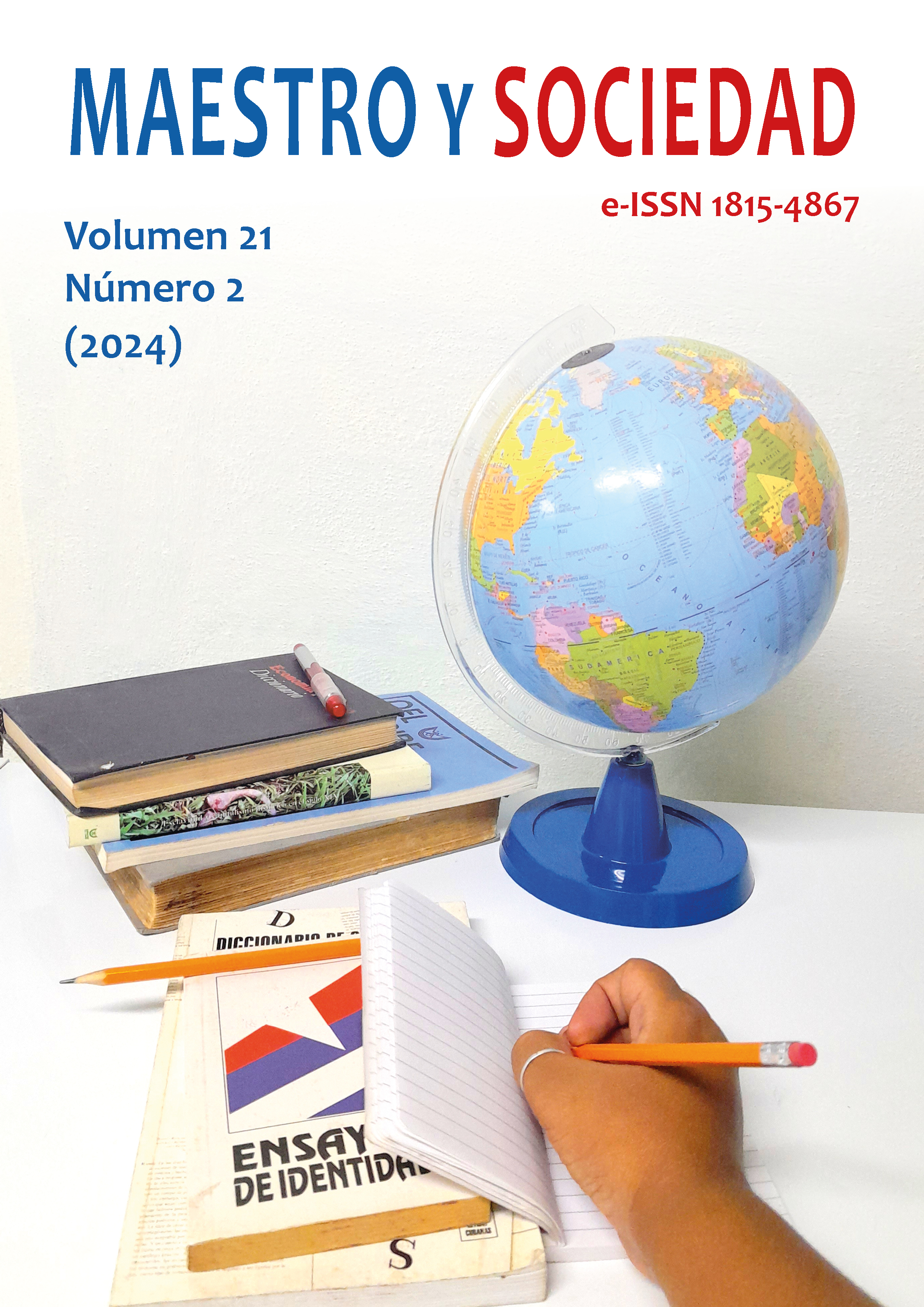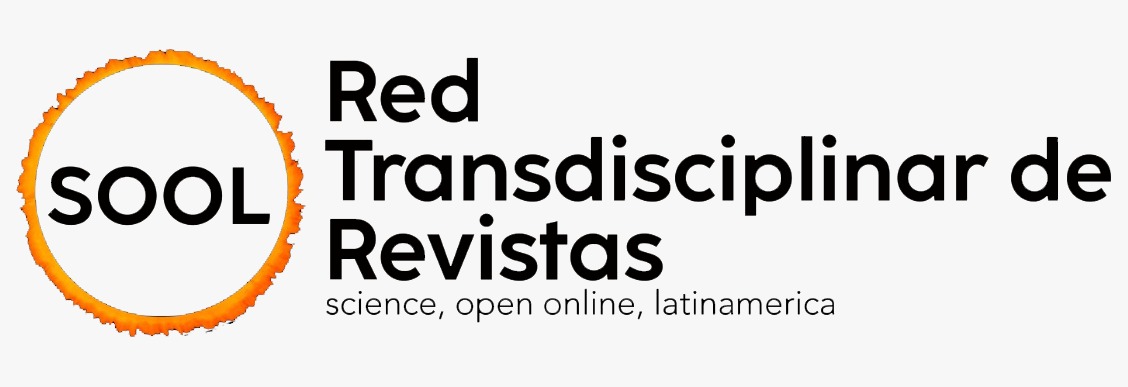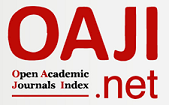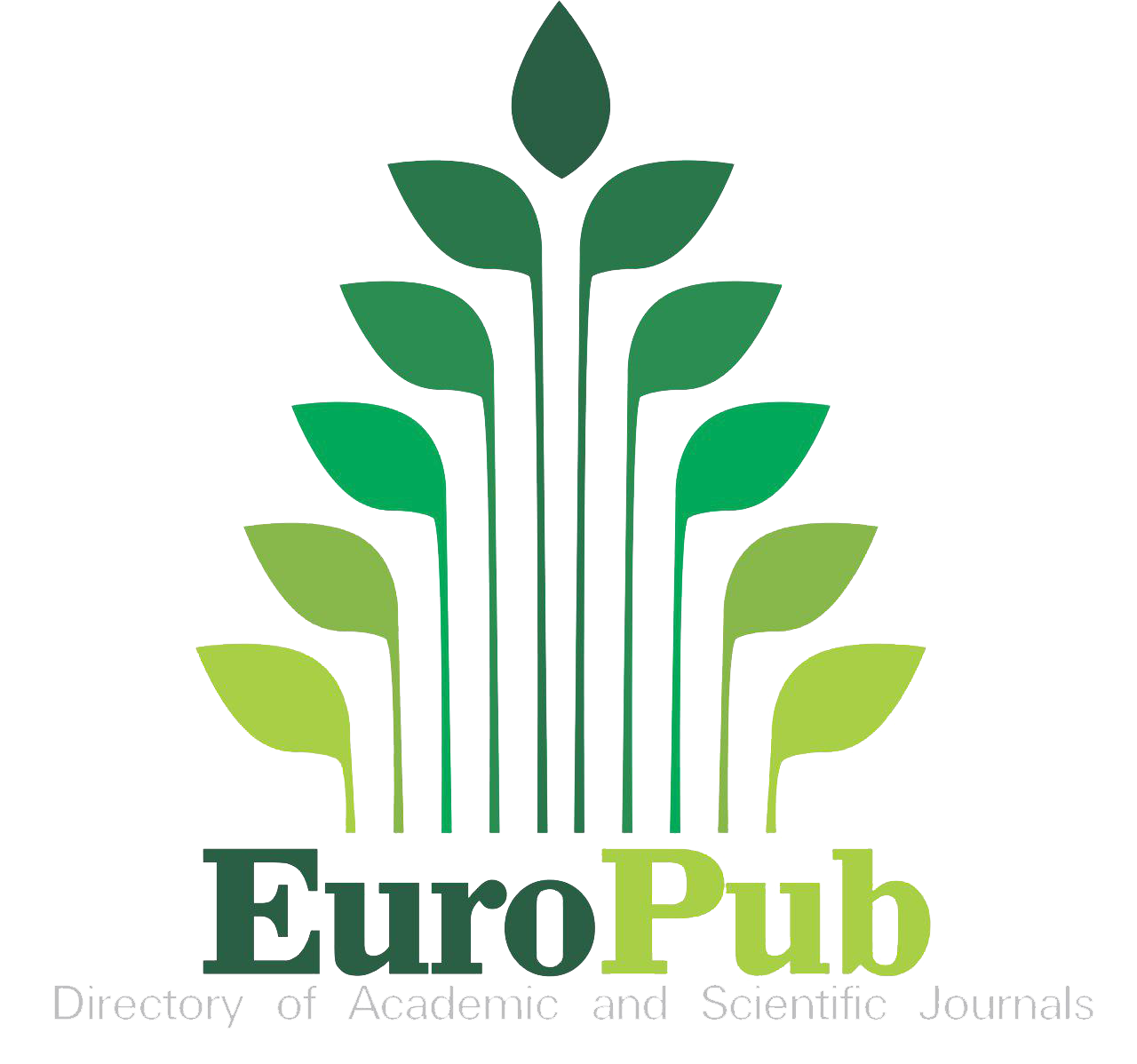Senderos, leyendas y memoria: una mirada etnográfica al oficio del arriero en la ruta Sígsig-Gualaquiza, Ecuador
Palabras clave:
arrieros, caminos, identidad, leyendas, memoriaResumen
Introducción: Este artículo tiene como objetivo analizar la intersección de la memoria, la identidad y la geografía en el marco de la arriería en Ecuador, enfatizando la importancia de la oralidad. Se considera la memoria como una manifestación viva, intrínsecamente ligada a espacios sociales cargados de significados y perspectivas culturales. La oralidad emerge como un mecanismo clave para la conservación de la memoria colectiva y la identidad de las comunidades, enriqueciéndose a través del tiempo. Materiales y Métodos: El estudio adopta un enfoque cualitativo dentro del paradigma hermenéutico-interpretativo desde un acercamiento etnográfico. Este estudio se vale de entrevistas semiestructuradas y observación participante, complementadas con técnicas geográficas. Entre los principales resultados se destaca que, las narrativas, cargadas de elementos mitológicos y de temor, no solo modelaron la existencia de los arrieros, sino que también fortalecieron la tradición oral de los pueblos, subrayando la interacción dinámica entre memoria, identidad y geografía. Resultados: Al analizar la cotidianidad del arriero, es posible apreciar un conjunto de conocimientos y materialidades intrínsecos a su labor. La necesidad de un animal de carga y la utilización de utensilios específicos para cada tipo de carga y terreno, revelan la complejidad inherente a su trabajo. Discusión: En el ámbito inmaterial, las leyendas y narrativas, transmitidas de generación en generación, constituyen una parte fundamental de su oficio. Estas historias no solo son testimonio de la persistencia de ciertos saberes, sino que también juegan un papel crucial desde su valor simbólico y como mecanismos de regulación social. Este entramado de conocimientos y prácticas culturales específicas, enriquece y complejiza la comprensión de la arriería como una actividad con profundas raíces culturales. Conclusiones: La investigación concluye que la arriería, una profesión tradicional que históricamente conectaba distintas regiones de Ecuador mediante rutas clave como la de Sígsig-Gualaquiza, no solo enfrentaba desafíos físicos y sociales, sino que también estaba inmersa en un rico tejido de leyendas locales.
Citas
Colmeiro, J. F. (2001). Memoria histórica e identidad cultural: Del cuarto de atrás a la primera plana. Revista de estudios hispánicos, 35(1), 151-163.
Conti, V. E., & Sica, G. (2011). Arrieros andinos de la colonia a la independencia. Nuevo Mundo-Mundos Nuevos.
Gili, M. (2010). La historia oral y la memoria colectiva como herramientas para el registro del pasado. Revista Tefros, 8(1-2), 1-7. http://www2.hum.unrc.edu.ar/ojs/index.php/tefros/article/view/222/203
Halbwachs, M. (2004). Los marcos sociales de la memoria. Anthropos.
Jelin, E. (2022). Los trabajos de la memoria. Fondo de Cultura Económica.
Montoya, J., Uribe, R., y García, J. (2019). Oralidad: fundamento de la didáctica y la evaluación del lenguaje. Educación y Educadores, 22(3), pp. 471-486. https://www.redalyc.org/journal/834/83464752007/html/
Nora, P. (2008). Pierre Nora en Les lieux de mémoire. Ediciones Trilce.
Ong, W (1987). Oralidad y escritura. Tecnologías de la palabra. Fondo de Cultura Económica.
Pacheco, C. (2016). La comarca oral revisitada. Literatura: Teoría, Historia, Crítica, 20(1), 261-267. https://doi.org/10.15446/lthc.v20n1.67793
Ricoeur, P. (1999). La lectura del tiempo pasado: memoria y olvido. Arrecife-Universidad Autónoma de Madrid.
Rodríguez, F. (2011). La didáctica de la oralidad: experiencia, conocimiento y creatividad. Enunciación, 16(1), 151-160. https://doi.org/10.14483/22486798.3595
Toledo, V. M. (2009). ¿Por qué los pueblos indígenas son la memoria de la especie? Papeles, 107, 27-38.
Velásquez, J. (2018, 21 julio). El oficio de la arriería fue uno de los más importantes de la naciente República. Crónica del Quindio.
Vich, V., y Zavala, V. (2004). Oralidad y Poder: Herramientas metodológicas. Grupo editorial Norma.
Descargas
Publicado
Cómo citar
Número
Sección
Licencia
Derechos de autor 2024 Nelly Méndez Carchi, Lennin Mendieta Cabrera, Fausto Fabricio Quichimbo Saquichagua, Kajekai Juwa Tuntuam Klever

Esta obra está bajo una licencia internacional Creative Commons Atribución-NoComercial-SinDerivadas 4.0.
Esta revista proporciona un acceso abierto inmediato a su contenido, basado en el principio de que ofrecer al público un acceso libre a las investigaciones ayuda a un mayor intercambio global de conocimiento. Cada autor es responsable del contenido de cada uno de sus artículos. Los artículos pueden ser inéditos o estar disponibles previamente en servidores de preprints reconocidos por la revista. Sin embargo, no se permite la duplicación de la publicación o traducción de un artículo ya publicado en otra revista o como capítulo de un libro.
This journal provides immediate open access to its content, based on the principle that providing the public with free access to research supports a greater global exchange of knowledge. Each author is responsible for the content of each of their articles. Articles may be previously unpublished or available on preprint servers recognized by the journal. However, duplication of publication or translation of an article already published in another journal or as a book chapter is not permitted.
Esta revista oferece acesso aberto imediato ao seu conteúdo, com base no princípio de que oferecer ao público acesso gratuito à pesquisa contribui para um maior intercâmbio global de conhecimento. Cada autor é responsável pelo conteúdo de cada um de seus artigos. Os artigos poderão ser inéditos ou estar previamente disponíveis em servidores de preprints reconhecidos pela revista. No entanto, não é permitida a duplicação de publicação ou tradução de artigo já publicado em outro periódico ou como capítulo de livro.



























 Universidad de Oriente
Universidad de Oriente 